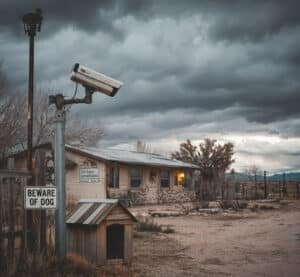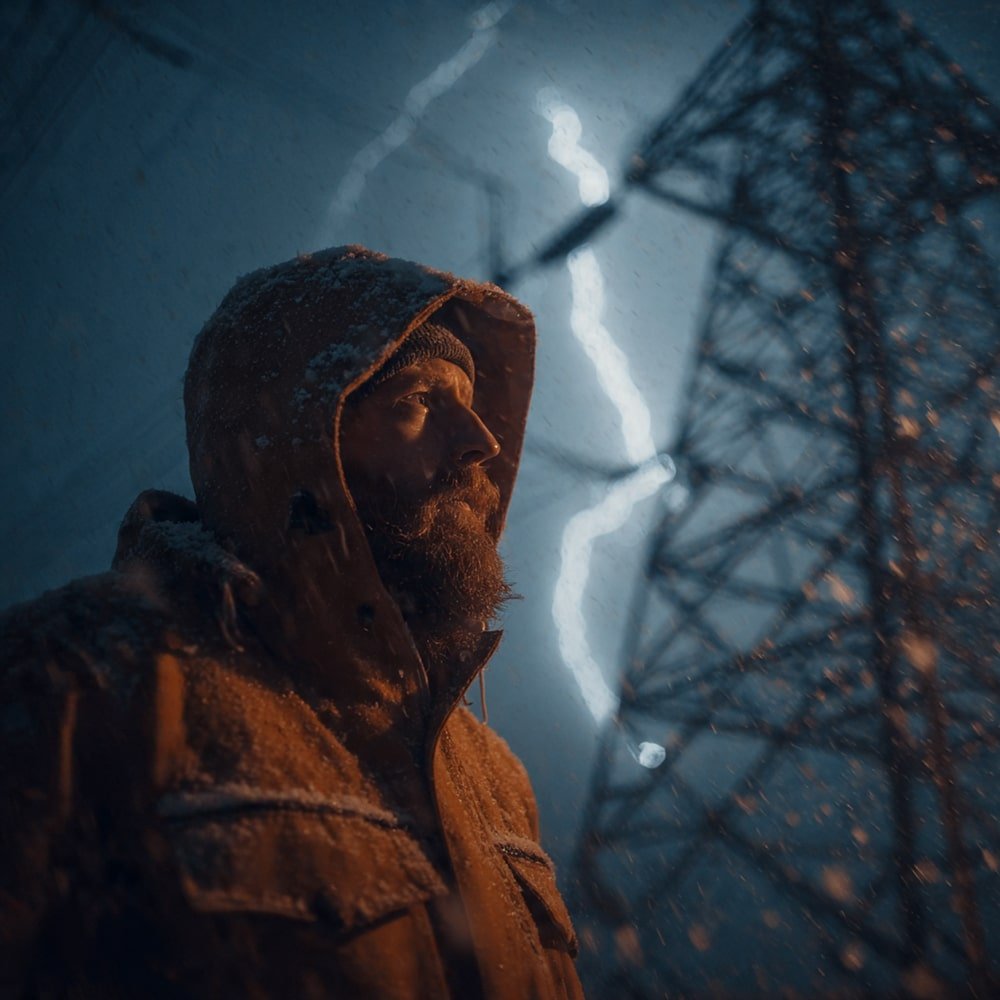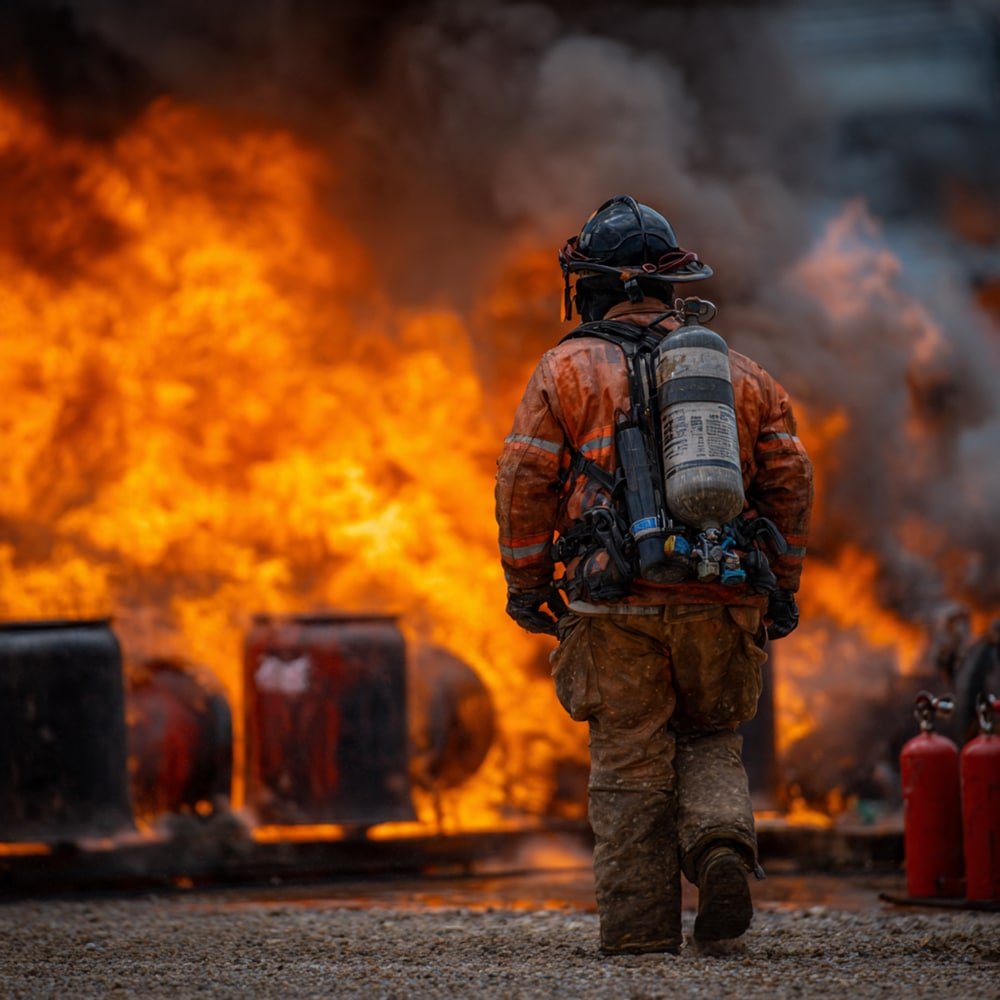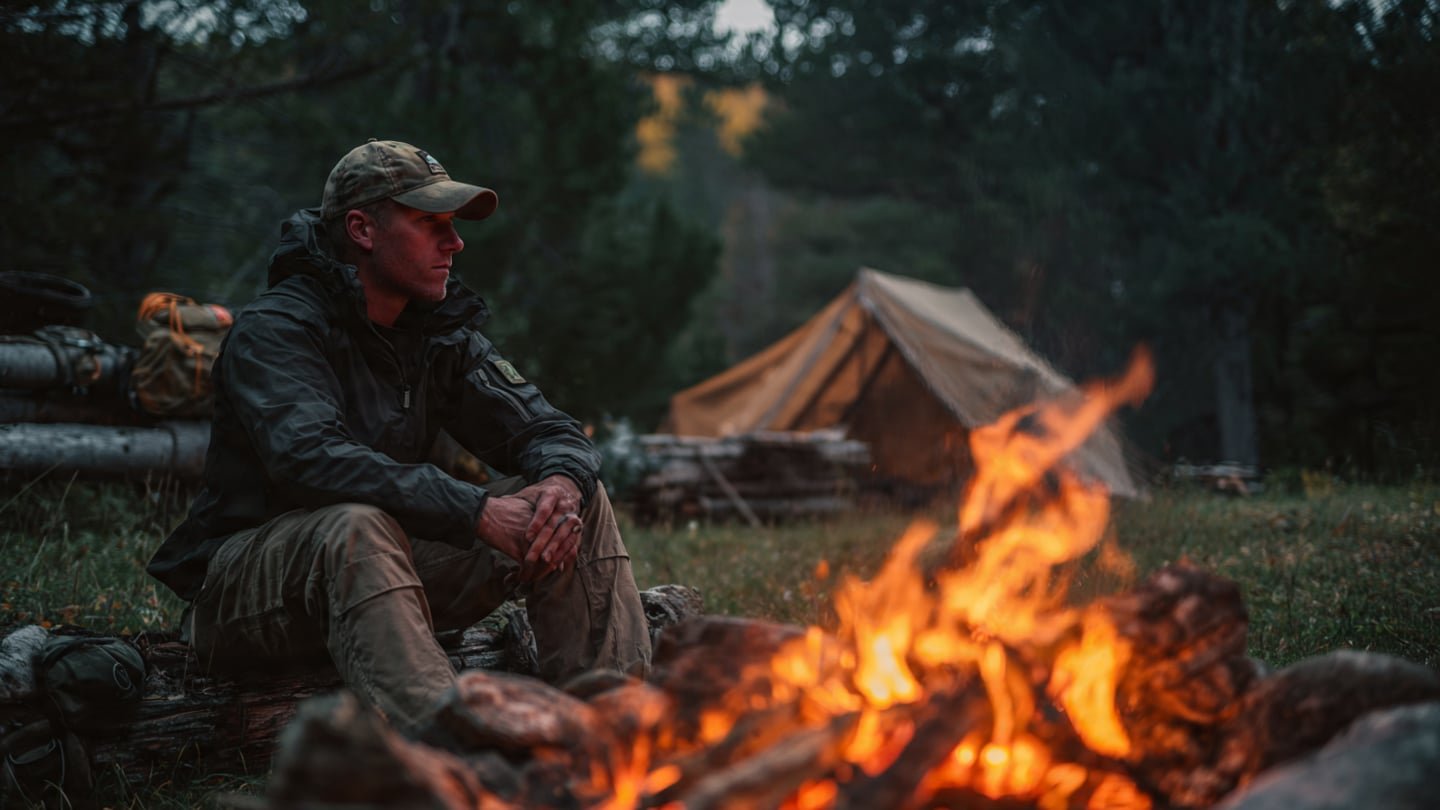We’re right smack in the middle of summer and it’s about time to head outdoors for some fun under the sun. Get your tents and sleeping bags ready and prepare for a summer camping adventure with tons of awesome outdoor activities. Don’t forget to brush up on your survival skills and camping tips before you head out. And since it’s quite hot, learn some tips on how to stay cool while summer camping, as well. It’s best to be ready for anything so you can enjoy your summer adventure without any worries.
[lookbook id=”78648″]
Camp Near A Water Source
When we say camp near a water source, we don’t mean pitching your tent right beside a river, stream, or lake. That’s a pretty bad idea. You risk getting caught in a flash flood if it suddenly rains real hard. Find a camping spot that is at least 100 meters from a water source. The ambient temperature near water is relatively lower compared to places with no such water features.
Another advantage of camping near a water source is that you can take a dip to cool off. Take a dip before evening comes. This will lower your core temperature a bit and make it easier to fall asleep. Just make sure it’s allowed to go into the water. See if it’s safe, too. Never take a dip at night, especially if everyone else is asleep. Also, bring appropriate clothing and safety gear for when you go into the water.
Keep tabs on the weather situation, as well. If the news says rain or storm is coming, you should pack up and go to a safer location.
Another good thing about camping near water is that you have an abundant source in case your supply runs out. Bring a collapsible container so you can easily gather water. You just have to purify the contaminated water before drinking or using it for cooking and cleaning.

Set Up Under A Shade
Staying directly under the sun will dry you up real quick. Find a spot with ample shade for most of the day. You want to set up where there is shade from sunrise to sunset. Otherwise, it will feel like you’re in a sauna inside your tent. Direct sun exposure is also bad for your tent and other camping gear.
When pitching your tent, make sure the entrance does not face the sun. Also, check the canopy above you if there are dead branches. You should try taking them down first if you insist on staying on that particular camping spot.
Be wary when you start a fire. Your campfire should be nowhere under the shade or even near vegetation. Clear the ground of dried leaves and other flammable materials to avoid causing a wildfire.
Use the Right Tent
Choose a tent that is spacious. It’s important to have enough breathing room for everyone to be comfortable inside. A crowded tent means less space for the heat produced by your bodies to dissipate. A tent in which you can stand and move around is ideal.
Proper ventilation is equally important. You need the outside breeze to flow into the tent and the heat inside to seep out. Poor ventilation traps the heat inside. This is something you don’t want to experience while summer camping.
A well-ventilated tent comes with two doors and large mesh windows. Huge tents usually have wide mesh canopies, too. If you’re camping by yourself, pack a two-person tent (or larger) so you can have ample space inside for circulation.
Face the Wind
Before setting up your tent, check the weather forecast to determine the direction the wind will be blowing from. Observe the winds once you decide on your camping spot, too. Pitch your tent with the entrance facing the wind. This assures you’ll get some breeze inside.
Remove the Rainfly
Tents usually come with a rainfly to protect the user and gear from the elements. It also helps trap heat inside to keep people warm on cold days. But you’re summer camping so it won’t be that cold.
Remove the rainfly for the time being and let the air circulate. But don’t leave your rainfly behind. Take it with you in case it rains during your trip.
Reflect the Heat Away
Use thermal or space blankets to reflect the heat away from you and your tent. Suspend some above your tent especially if there isn’t any shaded area around. If there are no trees to hang your thermal blankets, tie the ends to your trekking poles instead. You can also use long straight sticks in case you find some lying around.
Build makeshift canopies with your thermal blankets, too. Place them over spots where you will likely hang out. Don’t build your canopy over your campfire or camping stove for obvious reasons. Also, in case you forgot your survival blankets, you can use a tarp for your DIY canopy. It’s not as effective as the thermal blanket in reflecting the heat, though.
Use A Sleeping Bag Liner
Sleeping bags have liners that can be completely removed. The liner is a thin, cocoon-like layer that sits between you and the sleeping bag. It is made of cotton, merino wool, fleece, silk, or polyester blends. Each material has its benefits and disadvantages so choose one that will best meet your preference.
Don’t ditch the sleeping bag, though. You’ll still need it if it gets cold at night or early in the morning, which happens even if it’s summer.
Sleep In A Hammock
Even well-ventilated tents retain some heat inside and you may still feel uncomfortable when sleeping or just lying down. One way to stay cool is to use a hammock. Set your hammock high enough for the breeze to flow freely beneath you.
[lookbook id=”78650″]
Stay Hydrated
The easiest way to stay cool while summer camping is to drink plenty of cold water. Make sure you have enough drinking water to last your whole summer camping trip. Aside from water bottles, you should also have a hydration pack. It’ll come in handy when you go for a short hike.
Speaking of, one hack you can do to stay cool and refreshed is to fill your hydration bladder with water and place it in the freezer the night before your hiking or camping trip. The frozen water will gradually melt and provide you with cold water.
If by some ugly twist of fate that you run out of clean water, you should be able to purify contaminated water. Pack fire starters, tinder, and pots so you can boil water. You should also have a portable water filter and water purifying tablets, as well.
If you brought a pet along, make sure they have their own supply of drinking water. Bring a water bowl so they can drink more.
Eat Fruits
Aside from water, fruits can also help keep your body cool and hydrated. Pack some water-rich fruits such as watermelon, strawberries, oranges, and peaches.
Bring A Cooler
Bring a cooler if you’re driving to the campsite or car camping. This should keep your drinks and fruits cold for some time. It will also keep your food fresh as long as possible.
The problem with regular coolers is that you need to fill them with ice. Once all the ice melts, the contents will eventually turn warm from the hot weather. You can invest in an iceless cooler so you’ll have cold drinks for the duration of your summer camping trip.
Most iceless coolers use electricity to make their own ice. Find one that you can plug into your car or RV. Bringing a solar powerbank capable of charging the cooler is also advisable.
Dress Appropriately
Choose lightweight, breathable, and moisture-wicking clothes for your summer camping outfit. Long-sleeved shirts and pants made with such materials will help keep your body cool and dry while also protecting you from direct sun exposure.
Pack tee shirts or tank tops, shorts, and sandals. You can wear them when you’re just hanging out at camp and if there aren’t that many critters and mosquitoes. Change into more appropriate clothing if you have to leave camp, go to bed, or if the weather changes. Protect your noggin from the heat by wearing a hat. Don’t forget your sunglasses, too.
Bring warmer clothes. Even if it’s summer, the night can get cold. You may need to wear a jacket and other layers to stay warm.
Wear Sunscreen
Your clothes may not be enough to protect your skin from the sun’s harmful rays. Sunscreen will help make sure your skin is safe and your body stays cool while you’re out enjoying your summer outdoor adventure.

Cool off with A Portable Air Conditioner
It may go against the concept of “roughing it out” but if it gets dangerously hot, you might as well use a portable air conditioner during your summer camping escapade. For what it’s worth, these tent air conditioners are perfect for glamping.
Bring A Fan
Portable fans provide some relief from the heat. There are handheld, freestanding, and hanging fans that you can take anywhere you go. Hanging fans come with a hook so you can hang them inside your tent or on a branch over your head.
For a more refreshing experience, use a misting fan. These portable fans produce a fine water mist that, when combined with the wind produced by the fan, feels cool on the skin.
These small devices are usually battery-powered. If yours runs on rechargeable batteries, make sure to bring a charger so you can continue to enjoy your fan’s cooling effect.
Take A Shower
Some campgrounds have showers and toilets. If you prefer not to use such public amenities, you should bring your own. Aside from portable toilets, you can also bring a camping shower. Use it to cool off your body when it gets really hot.
Take A Dip In An Inflatable Pool
If you can’t find a campsite with a body of water nearby, why not bring one yourself? Take an inflatable pool with you and cool off in the water when it gets too hot for comfort.
You will need to fill up your inflatable pool so look for a campsite where you have access to running water. If you manage to camp near a water source but can’t jump in and swim, see if it’s okay to gather some of the water for your mini pool. The water may not be ideal for a pool but it’s the closest thing to swimming in the river or lake. Just make sure not to get any of the water in your mouth.
Camping is fun but it does have some risks attached to it. There are the usual dangers such as bumps, bruises, cuts, scrapes, sprains, and broken bones. You also need to prepare for the risks of getting lost or stranded, and extreme weather conditions.
Since we’re talking about summer camping here, you should expect the weather to be pretty hot. It’s therefore important to take the necessary steps so you can withstand the heat. You should also be prepared in case it gets dangerously hot. Hopefully, these summer camping tips to stay cool will help. Visit the Gentleman Pirate Club for more life-saving tips.






















